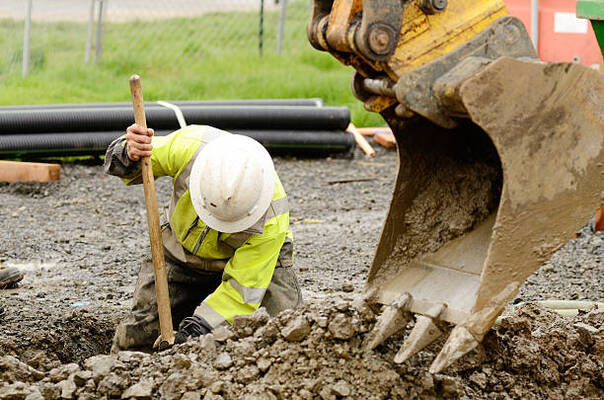- 1-905-452-8193
- Contact Us
- Member Login
- Get Listed Today
- 220,911 members

Trenching is a construction method used by directional drilling Sydney experts to create underground passages, such as for utility lines or drainage. It involves excavating a long, narrow trench in the ground.
There are several different types of trenching, each with its advantages and disadvantages. The type of trenching you use will depend on the specific purpose for which it is being done.
Learn more about the various types of trenches that can be applied to your landscaping project.
Open Trench
An open trench is the most common type of trenching. It is created by excavating a long, narrow hole in the ground. This type of trenching is typically used for utility lines or drainage purposes.
Open trenches can be created using a variety of methods, including shovels, backhoes, and excavation machines. They can also be created by hand, although this is much slower and more labour-intensive.
Vertical Trench
A vertical trench runs perpendicular to the ground surface. These trenches are typically used for drainage purposes, as they allow water to flow downhill more easily.
Vertical trenches can be created using a variety of methods, including shovels, backhoes, and excavation machines. They can also be created by hand, although this is much slower and more labour-intensive.
Blind Trench
A blind trench does not have an opening at the surface of the ground. These trenches are typically used for utility lines or other purposes where it is not necessary to have an opening at the surface.
Blind trenches can be created using a variety of methods, including shovels, backhoes, and excavation machines. They can also be created by hand, although this is much slower and more labour-intensive.
Box Trench
A box trench is a type of blind trench that is square or rectangular. These trenches are typically used for utility lines or other purposes where it is not necessary to have an opening at the surface.
Box trenches can be created using a variety of methods, including shovels, backhoes, and excavation machines. They can also be created by hand, although this is much slower and more labour-intensive.
Sloped Trench
A sloped trench is excavated at an angle, typically with the high end downhill from the low end. These trenches are typically used for drainage purposes, as they allow water to flow downhill more easily.
Sloped trenches can be created using a variety of methods, including shovels, backhoes, and excavation machines. They can also be created by hand, although this is much slower and more labour-intensive.
Curved Trench
A curved trench is excavated in a curve or series of curves. These trenches are typically used for utility lines or other purposes where it is not necessary to have a straight trench.
Curved trenches can be created using a variety of methods, including shovels, backhoes, and excavation machines. They can also be created by hand, although this is much slower and more labour-intensive.
Stepped Trench
A stepped trench has a series of terraces or levels excavated into it. These trenches are typically used for utility lines or other purposes where it is not necessary to have a straight trench.
Stepped trenches can be created using a variety of methods, including shovels, backhoes, and excavation machines. They can also be created by hand, although this is much slower and more labour-intensive.
Shored Trench
A shored trench is supported by timbers, steel, or some other type of structure. These trenches are typically used for utility lines or other purposes where it is necessary to prevent the sides from collapsing.
Shored trenches can be created using a variety of methods, including shovels, backhoes, and excavation machines. They can also be created by hand, although this is much slower and more labour-intensive.
Shielded Trench
A shielded trench is covered with a material, such as soil or concrete, to protect the workers from falling debris. These trenches are typically used for utility lines or other purposes where it is necessary to protect the workers.
Shielded trenches can be created using a variety of methods, including shovels, backhoes, and excavation machines. They can also be created by hand, although this is much slower and more labour-intensive.
Inverted Trench
An inverted trench is excavated below the ground surface. These trenches are typically used for utility lines or other purposes where it is necessary to have an opening at the surface.
Inverted trenches can be created using a variety of methods, including shovels, backhoes, and excavation machines. They can also be created by hand, although this is much slower and more labour-intensive.
When choosing the type of trenching for your project, it is important to consider the specific needs of your project. Each type of trenching has its advantages and disadvantages. Choose the type of trenching that will best meet the needs of your project.
